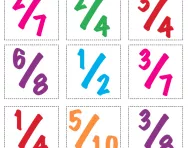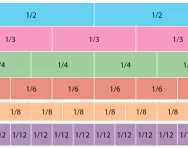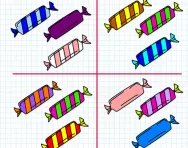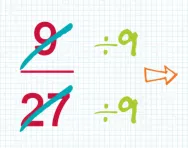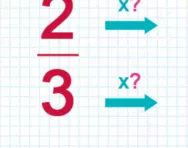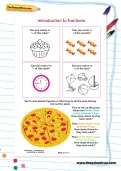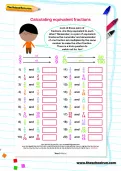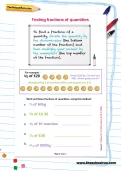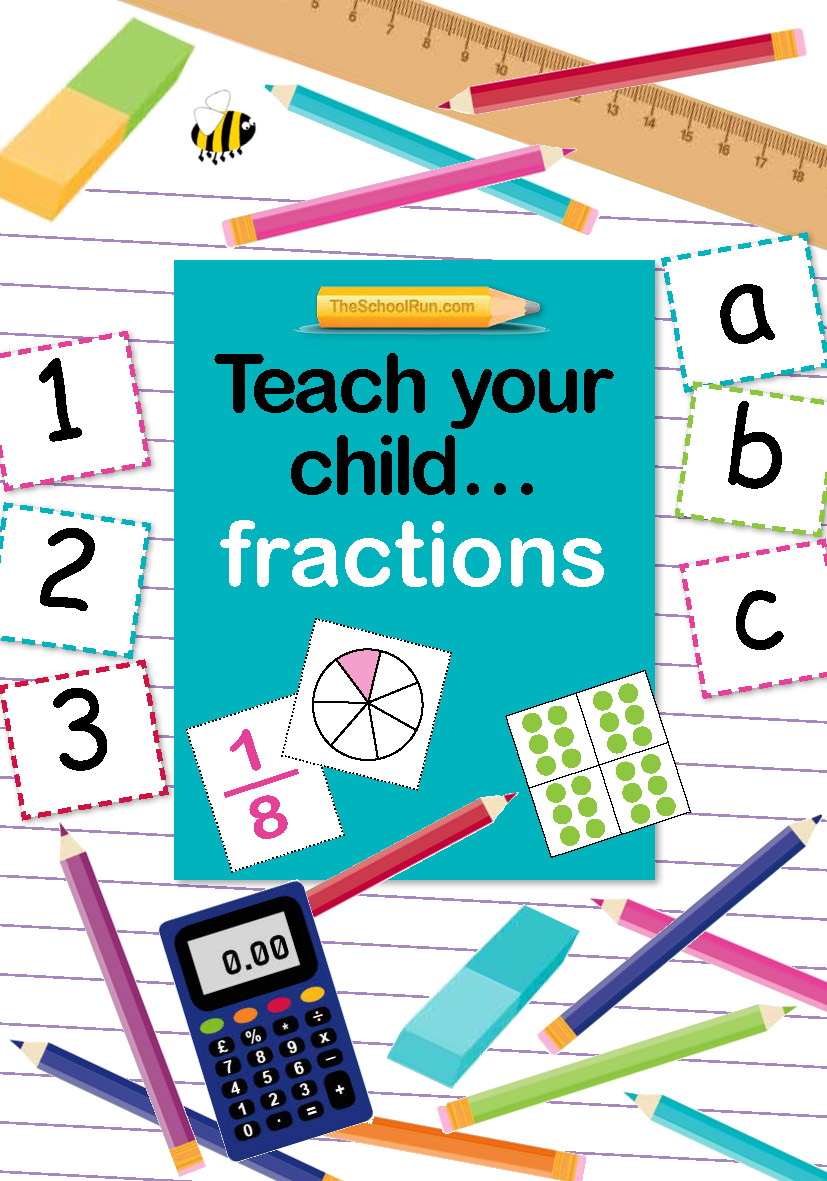Important update from TheSchoolRun
For the past 13 years, TheSchoolRun has been run by a small team of mums working from home, dedicated to providing quality educational resources to primary school parents. Unfortunately, rising supplier costs and falling revenue have made it impossible for us to continue operating, and we’ve had to make the difficult decision to close. The good news: We’ve arranged for another educational provider to take over many of our resources. These will be hosted on a new portal, where the content will be updated and expanded to support your child’s learning.
What this means for subscribers:
- Your subscription is still active, and for now, you can keep using the website as normal — just log in with your usual details to access all our articles and resources*.
- In a few months, all resources will move to the new portal. You’ll continue to have access there until your subscription ends. We’ll send you full details nearer the time.
- As a thank you for your support, we’ll also be sending you 16 primary school eBooks (worth £108.84) to download and keep.
A few changes to be aware of:
- The Learning Journey weekly email has ended, but your child’s plan will still be updated on your dashboard each Monday. Just log in to see the recommended worksheets.
- The 11+ weekly emails have now ended. We sent you all the remaining emails in the series at the end of March — please check your inbox (and spam folder) if you haven’t seen them. You can also follow the full programme here: 11+ Learning Journey.
If you have any questions, please contact us at [email protected]. Thank you for being part of our journey it’s been a privilege to support your family’s learning.
*If you need to reset your password, it will still work as usual. Please check your spam folder if the reset email doesn’t appear in your inbox.
Fractions
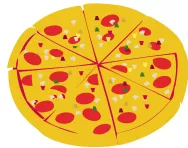
Your child is going to be learning about fractions the whole way through primary school and might need your support with unit fractions, equivalent fractions, simplifying fractions and improper fractions at home.
Find teacher-created fractions worksheets, games and activities
Completing additional fractions work at home will make a big difference to your child’s ability to master this tricky topic. From the basics of what is a fraction to challenging Year 6 fractions worksheets with answers, we’ve got hundreds of KS1 and KS2 fractions resources, all created by experienced primary school teachers, to ensure they reflect the National Curriculum objectives.
Lots of parents struggle to explain different types of fractions to their child, so start by reading our plain-English answers to all your fractions questions, such as What are improper fractions and mixed numbers or What are unit fractions? Then explore hundreds of fractions resources, activities and games, all divided by school year, covering core fractions skills such as finding fractions of numbers, simplifying fractions, ordering a set of fractions, turning fractions into decimals, improper fractions, converting fractions and equivalent fractions.
Want some on-screen fractions practice? Try an interactive fractions tutorial. Or for an in-depth look at fractions learning throughout primary school, download the fractions learning pack or the Teach your child fractions eBook.
We have everything you need to boost your child's fractions confidence!
Tutorials
Worksheets
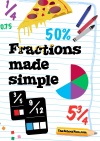
Fractions made simple
Foxed by fractions? Not any more! From the foundations of fractions learning in Reception to converting fractions to decimals and percentages in Year 6, our fractions learning pack identifies everything your child needs to know in this tricky area. You’ll understand how fractions are taught using pictures, how to make the concept real for your child and revise the mathematical terminology (numerators, improper fractions, quotients and more). Of course, you might have to eat a few halves, quarters and eighths of pizzas or cakes with your child to help them learn… it’s a hard life, being a parent!

Fractions Learning Journey
Fractions is one of the key topics your child will be tested on in their maths SATs (which they will sit in the summer term of Year 2 and Year 6) but is often one of the areas that parents find most challenging to help their child understand.
Working through from the basics of understanding what a fraction is, right up to converting fractions into decimals and doing fractions on a calculator, the Fractions Learning Journey will help your child master this tricky maths skill.
By the end of the Fractions Learning Journey, your child will have no problem answering the kind of questions that might come up in their SATs test such as:
• How would you find 2/8 of 24?
• What is the decimal equivalent of 6/10?
• What is half of 3.6?
• What is 1/7 of 420?
• Which is bigger, 3/4 of 268 or 50% of 384?
Teach your child fractions
Help support your child's maths learning at home with a practical, targeted eBook. Fractions topics covered include finding fractions of objects and quantities, equivalent fractions, comparing and ordering fractions, mixed numbers and fractions, simplifying fractions and multiplying and dividing fractions. As well as parents' notes on the theory your eBook contains lots of practical activities and games to help your child practise what they're learning at home.
